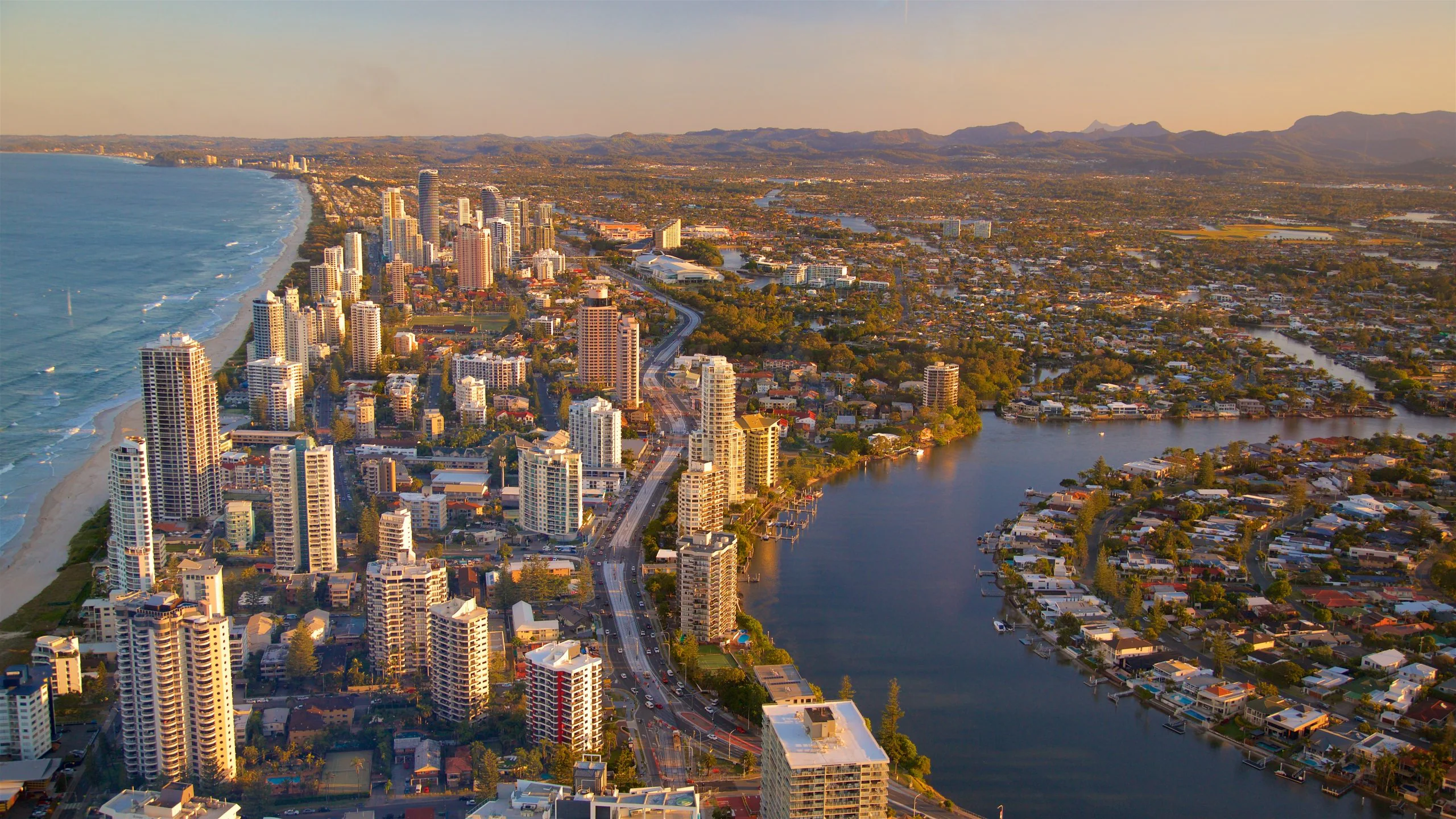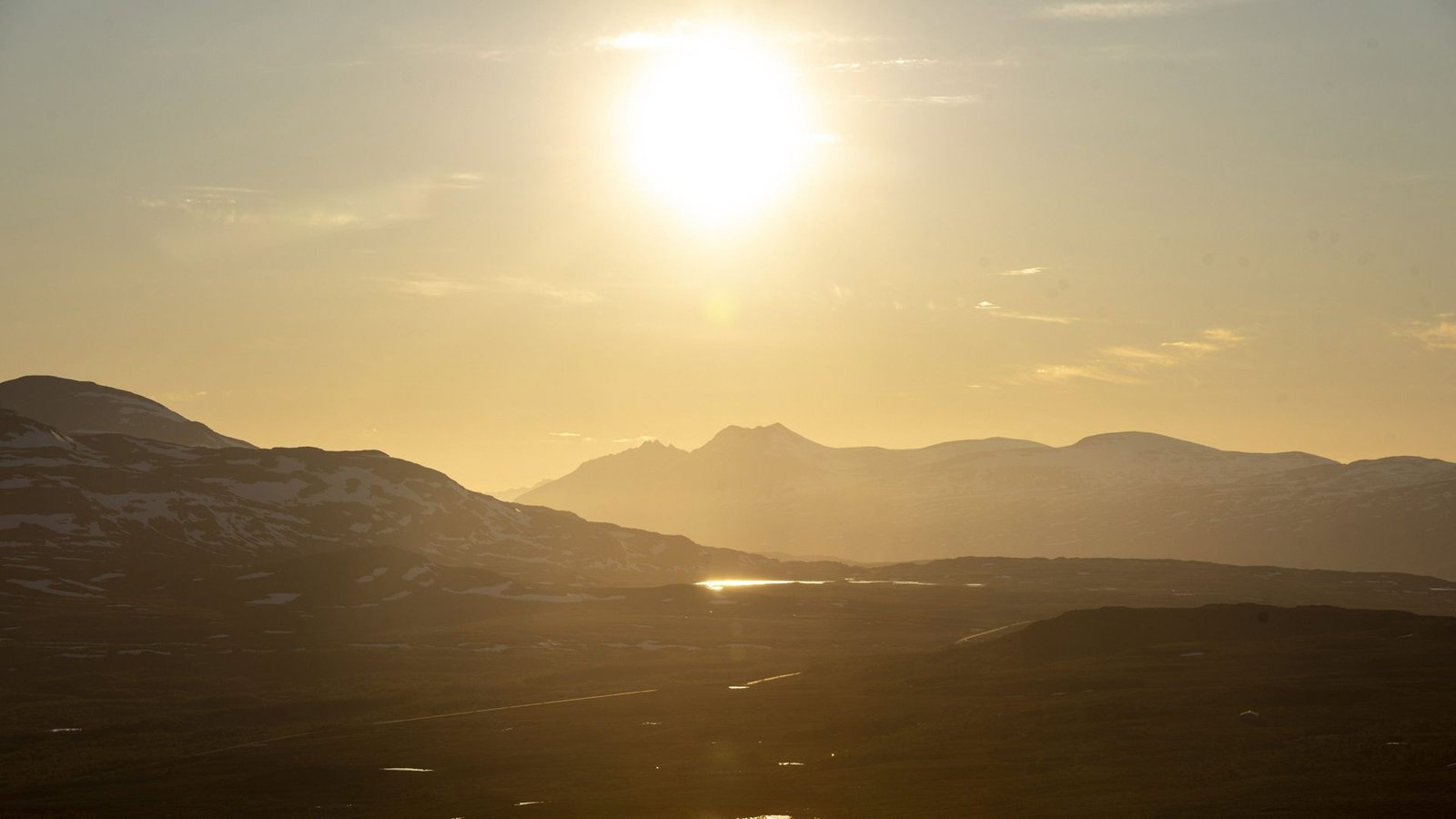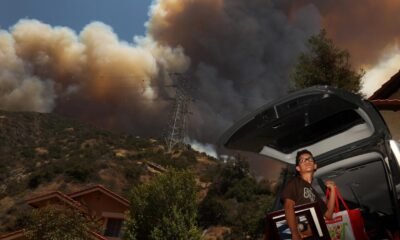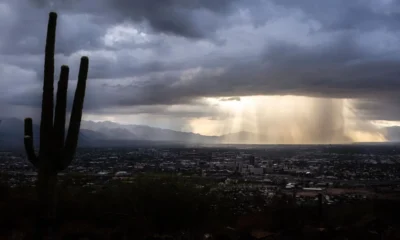Queensland
Queensland Weather Forecast for June 19 to June 23 2025 Brings Mild Days and Light Showers
A Glimpse Ahead at Queensland’s Weather from June 19 to June 23 2025

As winter settles in across Queensland, residents and visitors can expect a stretch of mild and mostly sunny days ahead. From June 19 to June 23, 2025, the state will experience typical winter weather, with daytime highs ranging from 20°C to 23°C and nighttime lows between 11°C and 14°C. Rainfall is expected to be minimal, making it an ideal time for outdoor activities.
Thursday, June 19: Partly Cloudy
Thursday will begin with partly cloudy skies and temperatures reaching a high of 21°C. The day will remain dry, with no significant chances of rain. It’s a great day to enjoy the outdoors, but a light jacket will be necessary for the cooler temperatures.
Friday, June 20: Mostly Sunny
Friday promises to be another beautiful day, with mostly sunny conditions and highs around 20°C. The pleasant weather will continue, with no significant chances of rain. It’s an ideal day for enjoying Queensland’s outdoor attractions.
Saturday, June 21: Light Showers Possible
Saturday will bring a slight chance of light showers, with temperatures reaching 21°C. The day will remain mostly dry, but it’s advisable to carry an umbrella if you’re planning to be outdoors.
Sunday, June 22: Light Showers Possible
Sunday will start with partly cloudy skies and temperatures rising to 21°C. While the day will be mostly dry, there’s a slight chance of light showers in the afternoon. It’s advisable to keep an umbrella handy if you’re planning to be outdoors.
Monday, June 23: Light Showers Possible
By Monday, the weather will shift back to partly cloudy conditions. Highs are forecasted to reach 17°C, with a slight chance of light showers throughout the day. This marks the beginning of a more typical winter pattern for the region.
In summary, Queensland’s weather from June 19 to June 23, 2025, will feature mild temperatures, mostly sunny skies, and minimal chances of rain. It’s a perfect opportunity to enjoy the state’s outdoor offerings, but don’t forget to dress warmly and be prepared for the cooler conditions.
Queensland
Winter Solstice Arrives on Saturday but Australia’s Deepest Freeze is Still Weeks Away Experts Explain Why
Australia’s shortest day of 2025 lands this Saturday, but don’t expect the year’s chilliest weather just yet — here’s why the coldest temperatures always lag behind.

This Saturday, June 21, marks Australia’s winter solstice, the shortest day and longest night of the year for the Southern Hemisphere. But if you’re bracing for bone-chilling temperatures as soon as the sun sets, you may be surprised: according to meteorologists, Australia’s coldest weather usually hits weeks after the solstice, thanks to a phenomenon called seasonal lag.
Across the country, daylight hours on Saturday will vary dramatically by latitude. Down south, Hobart will shiver under just 9 hours and 1 minute of daylight, while tropical Darwin still enjoys 11 hours and 24 minutes. Here’s how the capitals line up, south to north:
- Melbourne: 9h 32m
- Canberra: 9h 46m
- Adelaide: 9h 48m
- Sydney: 9h 54m
- Perth: 10h 3m
- Brisbane: 10h 24m
The winter solstice happens because of Earth’s 23.5-degree tilt. As we orbit the sun, this tilt shifts how directly sunlight strikes our part of the planet — giving us short days in winter and long days in summer.
This year, the solstice occurs at 12:42pm for eastern states, just after noon for the NT and SA, and 10:42am for WA — meaning Friday night is technically the longest for the west coast.
So why isn’t it coldest on the shortest day?
From a simple energy perspective, the solstice brings the least direct sunlight, so you’d expect it to be the chilliest time of year. But for nearly all of Australia, the true depths of winter lag behind.
Why? Oceans hold the answer. Land heats and cools quickly, but water does not. The vast seas surrounding Australia absorb warmth through summer and autumn, then slowly release that stored heat back into the air.
So, even as the sun’s energy drops to its minimum in late June, the oceans act like giant heaters — delaying the coldest nights until mid-to-late July. This heat lag is why coastal cities like Sydney, Melbourne, Perth, and Adelaide usually see their coldest days in the second or third week of July — weeks after daylight hours start increasing again.
Just how much delay are we talking about?
According to the Bureau of Meteorology:
- Southwest Tasmania and coastal WA towns like Albany have the longest lag — about five weeks past the solstice.
- Major cities including Sydney, Melbourne, Brisbane, Perth and Adelaide average their coldest days about three weeks after June 21.
- Inland areas, far from ocean influence, feel the chill sooner — sometimes just a few days after the solstice.
- For minimum overnight temperatures, more than 90% of Australia hits its coldest nights between July 11 and 21.
Northern Australia’s weather is trickier: cloud cover and tropical dynamics mean some regions actually record their coolest daytime highs slightly before the solstice.
Seasonal lag happens elsewhere too
Australia isn’t alone. Seasonal lag is a global quirk. In San Francisco, for example, the warmest month is September — three months after the longest day in June. The same lag explains why southern Australia’s hottest days arrive in January, even though the summer solstice is in late December.
Of course, weather is famously unpredictable. Cold snaps can hit anytime from April to November. But if you’re counting on July’s frosty mornings and icy nights, the odds are firmly in your favour.
So bundle up — but maybe not quite yet. This solstice is just the start.
-

 World News4 days ago
World News4 days ago1-Iran Issues Dire Warning to Israel and Defies Trump on Nukes: “We’re Ready to Strike Deep Inside”
-

 Weather3 days ago
Weather3 days agoGilbert Weather Forecast Turns Volatile Heat Advisory and Storm Watch Issued
-

 Sports7 days ago
Sports7 days agoRicky Ponting once said “I learned from the best” but who were Australia’s 5 greatest cricketers ever?
-

 Entertainment4 days ago
Entertainment4 days agoOzzy Osbourne dies at 76 after final concert with Black Sabbath fans say It finally caught up with him…
-

 Cricket1 week ago
Cricket1 week agoTop 5 Fastest Bowlers in Cricket History Who Delivered Blazing Thunderbolts that Shocked the World
-

 Entertainment1 week ago
Entertainment1 week agoColdplay CEO Scandal Shocks Tech World as Viral Jumbotron Clip Forces Astronomer Chief on Leave and Sparks 7 Unbelievable Reactions
-

 Sports1 week ago
Sports1 week agoAndre Russell Drops Bombshell Hint at Retirement from International Cricket — What’s Next for the T20 Fearless Titan?
-

 Entertainment4 days ago
Entertainment4 days ago7 Powerful Lines from Jessica Simpson’s Fade Song That Reveal the Truth Behind Her Breakup



























